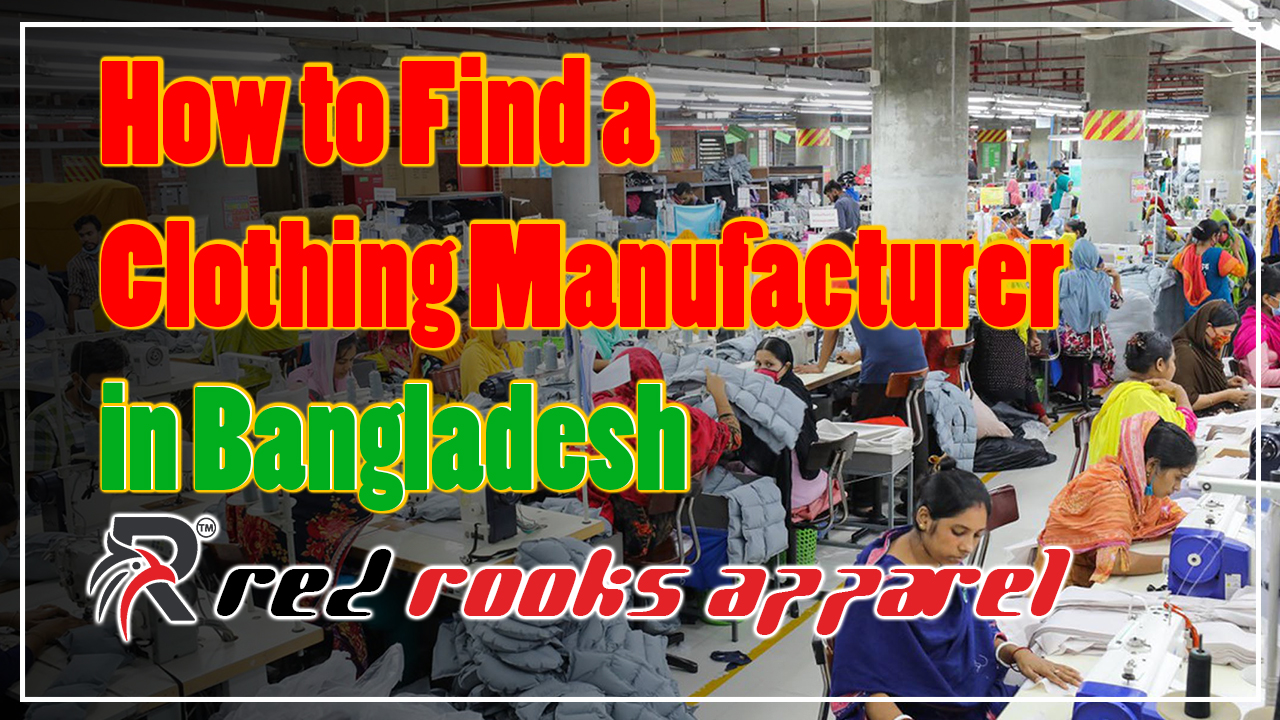Bangladesh has emerged as a global hub for clothing manufacturing, known for its competitive pricing, skilled labor, and robust infrastructure. Whether you're an established fashion brand or a startup looking to produce garments, finding the right clothing manufacturer in Bangladesh can be a critical step toward success. Here's a complete guide to help you navigate this process.
Why Choose Bangladesh for Clothing Manufacturing?
Bangladesh is the second-largest apparel exporter in the world, after China, making it an attractive destination for businesses in the clothing sector. Some key advantages of choosing Bangladesh for garment production include:- Cost-effective production: Bangladesh offers some of the lowest labor costs in the world, allowing for high-quality production at affordable prices.
- Skilled workforce: The country has a large pool of workers with experience in producing a wide range of garments, from fast fashion to high-end designs.
- Strong industry infrastructure: Bangladesh has well-established garment factories, shipping facilities, and reliable supply chains.
- Sustainability efforts: Many Bangladeshi factories are increasingly focusing on ethical production practices, including fair wages, safe working conditions, and eco-friendly manufacturing.
Step-by-Step Guide to Finding a Clothing Manufacturer in Bangladesh
- Understand Your Manufacturing Needs Before you start searching for manufacturers, clearly define your needs:
- Type of garment: Are you producing t-shirts, dresses, sportswear, or something else? Each type of garment may require a different kind of expertise or factory setup.
- Quantity: Determine your order volume. Some factories specialize in large-scale production, while others cater to smaller, more boutique brands.
- Quality standards: Decide the quality level you are aiming for. Bangladesh has a wide range of manufacturers, from those focusing on premium garments to budget-friendly options.
- Certifications: If sustainability or ethical production is important to you, ensure your manufacturer has certifications such as WRAP (Worldwide Responsible Accredited Production) or BSCI (Business Social Compliance Initiative).
- Research Potential Manufacturers There are several ways to start your search for clothing manufacturers in Bangladesh:
- Online directories: Websites like Alibaba, Made-in-China, and Global Sources often list Bangladeshi clothing manufacturers. You can filter based on location, production capabilities, and certifications.
- Industry platforms: Use industry-specific platforms like Fibre2Fashion or Apparel Sourcing to find garment suppliers.
- Trade shows: Attend garment and textile trade fairs, either in Bangladesh or internationally. Some prominent trade shows include the Dhaka Apparel Summit, Bangladesh Denim Expo, and Texworld.
- Government websites and local associations: The Bangladesh Garment Manufacturers and Exporters Association (BGMEA) and the Bangladesh Knitwear Manufacturers and Exporters Association (BKMEA) have listings of registered manufacturers.
- Narrow Down Your List After identifying potential manufacturers, create a shortlist based on your criteria:
- Capabilities: Do they have experience with the type of clothing you want to produce?
- Production capacity: Can they handle your order volume?
- Turnaround time: Are they able to meet your deadlines?
- Communication: Are they responsive and easy to communicate with? Clear communication is vital, especially when dealing with overseas manufacturers.
- Request Samples Before committing to a manufacturer, request samples of their work. This allows you to check:
- Quality: Does the stitching, fabric, and overall construction meet your standards?
- Fit: Does the sizing match your specifications?
- Consistency: Ensure the manufacturer can consistently produce high-quality items, not just one-off samples.
- Negotiate Terms and Agreements Once you’re satisfied with the samples, it's time to discuss the specifics of your partnership:
- Pricing: Get a clear understanding of the cost per unit, shipping fees, and any hidden costs.
- Minimum order quantity (MOQ): Many factories have a MOQ, which can range from a few hundred to several thousand units. Make sure their MOQ aligns with your needs.
- Lead time: Agree on how long production will take from the time the order is placed until it is ready for shipment.
- Payment terms: Discuss payment schedules and methods. Most manufacturers will require a deposit upfront, with the remaining payment due upon delivery or production completion.
- Contracts: Always have a contract in place that outlines all details—pricing, delivery dates, payment terms, and quality expectations.
- Visit the Manufacturer (If Possible) If feasible, visit the manufacturer in person. This allows you to:
- Inspect the factory: Ensure that the working conditions are ethical and that the factory can meet your production needs.
- Meet the team: Building a relationship with the factory staff can help improve communication and ensure that both parties are on the same page.
- See production in action: Get a firsthand view of how your garments will be made.
- Monitor Production and Quality Control Once production begins, stay engaged:
- Regular updates: Request progress reports and photos during the production process.
- Quality checks: If you can’t be on-site, hire a quality control team to inspect the goods before shipment.
- Final inspection: Ensure that the final product matches the agreed-upon samples in terms of quality, sizing, and design.
- Shipping and Logistics Shipping garments from Bangladesh involves working with a reliable logistics provider. Make sure to:
- Plan for shipping time: Depending on your location, shipping can take several weeks.
- Understand customs and duties: Research import taxes and customs duties in your home country to avoid surprises.
- Choose between air or sea freight: Air freight is faster but more expensive, while sea freight is cost-effective for larger shipments but slower.
Challenges to Be Aware Of
While Bangladesh offers many benefits, there are potential challenges to consider:- Language barriers: English is commonly spoken in the industry, but occasional communication gaps may arise.
- Political instability: Bangladesh has experienced political unrest in the past, which could impact production and shipping timelines.
- Compliance and ethical concerns: While many factories adhere to international labor standards, there are still some that do not. Ensure your manufacturer complies with ethical and legal requirements to avoid any reputational risks.
